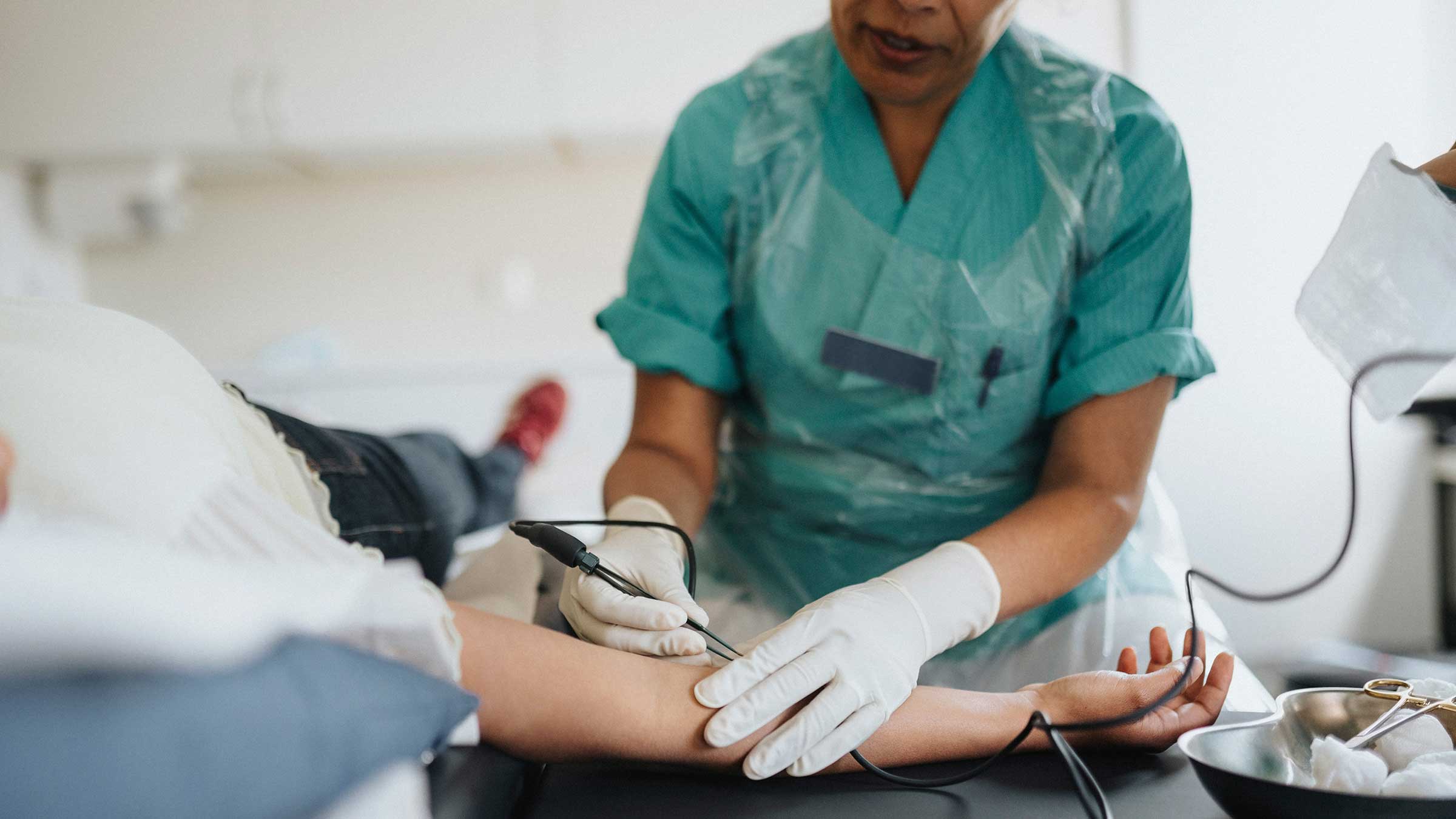What can I do to detect and treat prostate cancer?
The prostate is a small gland below the bladder and helps make semen. Many people who have prostate cancer don’t know they have it, since it often doesn’t present with symptoms.
Prostate cancer is one of the most common forms of cancer in men. Fortunately, it progresses slowly for the vast majority of patients, and the likelihood of it causing major health problems is lower than for other types of cancer.
But that doesn’t mean you should ignore it. Here are some common questions about detecting and treating prostate cancer.
What is PSA testing?
PSA is a protein that’s made by the prostate. The testing is to measure the level of PSA in the blood. Usually, prostate cancer cells either make more PSA, or more of it goes into the blood stream due to the cancer. This causes the blood level of PSA to rise if someone has prostate cancer.
What PSA levels are too high?
This depends on a lot of factors. First is age: If you’re 45 and your PSA is 1.5, that’s probably on the higher side for someone that age. But if someone is 65 and their PSA is 1.5, that’s completely acceptable, because the older we are, the higher our PSA and the bigger our prostate. The bigger the prostate, the higher the PSA.
So, depending on age in general, most prostate cancer experts consider anything less than 2.5 to 3 to be normal. Furthermore, patients with a urinary tract infection or inflammation of the prostate, as well as patients who had a surgical procedure necessitating a urinary catheter, may have a temporary rise in their PSA levels.
What is a Gleason score for prostate cancer?
The Gleason score is a grading system to determine how aggressive someone’s prostate cancer is. When we do a biopsy, or if we surgically remove the prostate, the removed specimen gets sent to a pathologist. The pathologist examines the specimen and they give us a grade.
Dr. Donald Gleason designed the grading system in the 1960s. The original one used to go from 2 to 10, but now, it’s mostly 6 to 10. A more recent simplified grading system uses grades 1 to 5.
The lower the Gleason score, the less aggressive the cancer.
How does PSA level predict prostate cancer’s likelihood to spread?
The higher the PSA, the higher the chance that prostate cancer can spread to other organs. By the time someone’s PSA is around 20, the chance that we will detect some metastatic disease is close to 20%. By the time it’s around 100, it’s almost 100%.
How do patients and their care teams come up with treatment plan?
This depends on a lot of different factors, including PSA levels, imaging studies and the biopsy results. Sometimes we do some genetic testing, and we put all of this together to figure out how aggressive the cancer is. From there, it’s a conversation between the patient and their physician.
Those next decisions depend on the aggressiveness of disease, the patient’s life expectancy and what kind of side effects the person is willing to tolerate.
There are no treatments for prostate cancer that have zero chance of side effects.
What are some of the side effects of prostate cancer treatment?
For surgery, the most common side effects is infection, bleeding and swelling of lower extremities. It can also affect sexual function, urinary control or incontinence.
For radiation, side effects can include irritation to the bladder or the rectum and going to the bathroom more often, in addition to affecting sexual function.
Can you prevent prostate cancer?
There’s no perfect way to prevent prostate cancer. There are differences in the incidence of prostate cancer depending on where the patient is from and what their family history of cancer is. There’s some data that a healthier lifestyle can protect someone from being diagnosed with prostate cancer.
What are the early signs of prostate cancer?
For early prostate cancer, the vast majority of patients have no symptoms. If they have any symptoms, those symptoms will be related to urination.
If the cancer spreads, weight loss, bone pain and fatigue can happen.
How long could someone have prostate cancer and not know?
Prostate cancer in general is a very slow disease for most people, which is a good thing, since the vast majority of those of us with prostates will get it. People who have prostate cancer develop it over a very long time — we’re talking decades.
A person in their 50s has a 20% to 35% chance of having prostate cancer. Most of them wouldn’t even know that they have it, and it could be another two decades before they develop symptoms.
The good thing is that most people will outlive the disease.

The choice is clear
Our experts develop and deliver the most advanced targeted treatments leading to better outcomes and more hope.
Learn More








